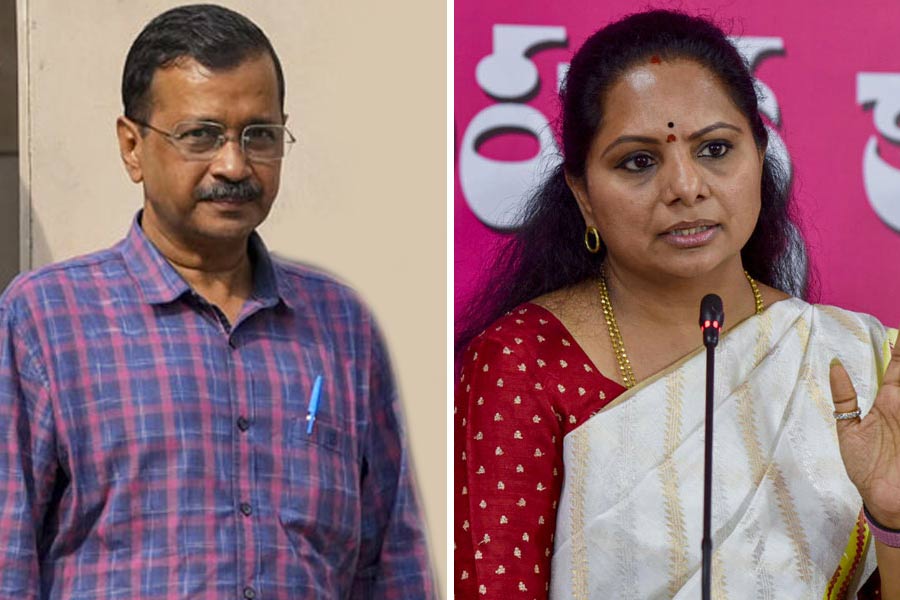The state fisheries department has decided to use digital sensors to monitor water quality of ponds and lakes to try and reduce fish deaths to a minimum.
“There are more than 4,000 progressive farmers engaged in intensive fish farming that entails use of controlled production factors like feed, water quality and stocked fingerlings to ensure that the quantity of fish produced per unit of rearing area is large. Gradually, we would like them to install Internet of Things (IoT)-enabled digital sensors in water bodies and monitor the essential parameters required for fish culture on their smart phones,” said fisheries director H. N. Dwiwedi.
The Internet of things is the extension of Internet connectivity into physical devices and everyday objects. Embedded with electronics, Internet connectivity, and other forms of hardware, these devices can communicate and interact with others over the Internet, and they can be remotely monitored and controlled.
Jharkhand, which produces over 1.90 lakh MT fish annually, has set itself a target of 2.25MT for 2018-19. Senior officials of the fisheries directorate believe that fish deaths would reduce by over 50 per cent with the use of digital sensors to monitor water quality.
The directorate has directed district fisheries officers (DFOs) to invite applications from progressive fish farmers owning ponds for installation of the IoT-enabled digital sensors. They would be provided with such sensors at subsidised rates.
“Once fish farmers are able to study the water quality data on their smart phones, they would be able to take immediate remedial steps. Most progressive fish farmers are aware of the dos and don’ts for maintaining water bodies. But due to external factors they are often unaware of the water quality,” the fisheries director said.
According to sources in the department, progressive fish farmers of Andhra Pradesh and Kerala are already using digital sensors to monitor water bodies.
“Digital sensors provide real-time data through a mobile app on parameters like dissolved oxygen level, PH level, alkalinity and temperature every five minutes. Alerts are issued on the smart phone of the fish farmer if water quality parameters reach alarming levels,” said a senior official.
Dwiwedi said the directorate would be floating tenders to buy digital sensors later in the month.
“Each sensor costs around Rs 60,000. The selected agency will have to install the sensors and look after their operation and maintenance for two years. We have directed all district fisheries officers to prepare a list of progressive fish farmers willing to avail of digital sensors which would be provided to them at a highly subsidised rate,” he said, adding that trials of such sensors were on at the Dhurwa fish research centre and the Doranda fish farmers’ training centre.
While the state government will bear 90 per cent of the cost of digital sensors, the beneficiary fish farmers will have to contribute the remaining 10 per cent of the cost.
To begin with, each district will be getting a minimum of two and a maximum of four sensors. Hopefully, distribution will begin by September.










